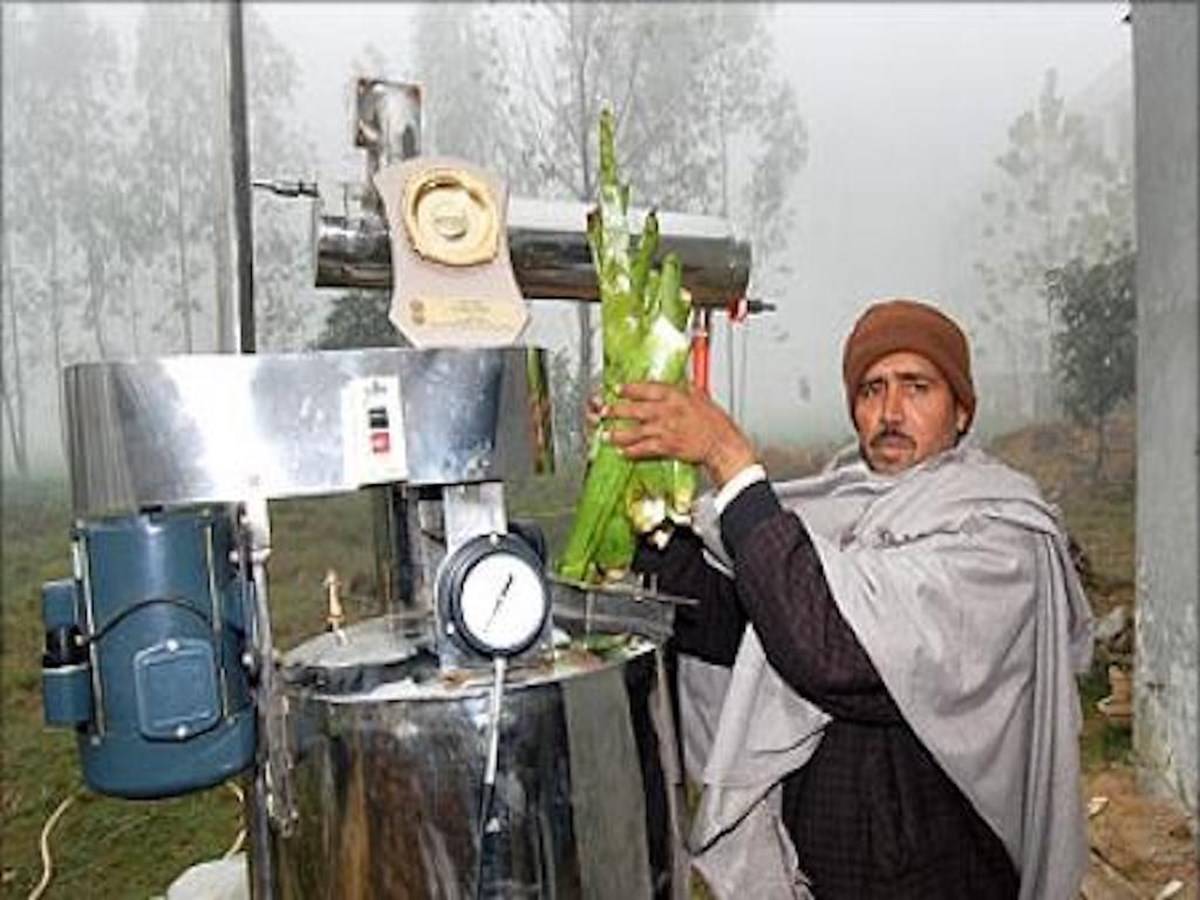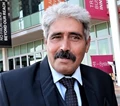
Dharambir Kamboj, a Haryana farmer, does not have an Ivy League engineering or management degree, but he is an innovator who is allowing rural entrepreneurship and employment for thousands of people. Kamboj, 58, has dabbled in the creation of various tools and equipment to save the time and effort necessary to do specific activities.
Kamboj initially tried his hand at creation in 1975, while he was in sixth grade, with his first-of-its-kind portable multipurpose food processing equipment for processing herbs, fruits, seeds, and vegetables.
"I started by making a smokeless stove. My friend and I used to skip school to work on various experiments. I never had any formal design or manufacturing instruction. "I've always wanted to develop something special," Kamboj told. Kamboj has tried his hand at around 40 projects thus far, including an emergency light, the design of a borewell machine, and an earthquake clock.
For around two years, Kamboj had to pull a rickshaw in Delhi to support his family before a traffic accident in 1987 forced him to return to farming in his hometown of Damla in Haryana. During a visit to Ajmer in 2007, Kamboj learned about the difficulty of processing gooseberries (amla) and collecting rose water from roses from his interactions with farmers.
"I considered creating a machine that could perform both tasks with less time and effort." While I was building this (food processing) equipment, the quality wasn't quite correct at first. At the time, there were no such machines on the market. We created a new design and model to increase the machine's quality in 2012 with the support of the National Innovation Foundation. Today, for example, to extract orange juice, the machine can extract roughly 200 litres in just an hour," said Kamboj, who could only study till the 10th grade. The initial prototype of the machine took him almost eight months to complete.
Apart from crushing, mixing, steaming, pressure-cooking, and extracting juice, oil, or gel, the machine also serves as a large pressure cooker with temperature control and auto cut-off. The National Innovation Foundation patented and approved the machine.
Dharambir Food Processing Pvt Ltd, Kamboj's firm, was founded in 2017. While Kamboj has clients in India and approximately 15 countries, including Nigeria, Kenya, Nairobi, Uganda, Tanzania, and Zimbabwe, around 16 firms have approached him about buying the technology to build machines in exchange for a royalty. "However, I wanted to run my business my way." "We were approached by Sona Koyo Steering Systems (formerly known as JTEKT India), Patanjali, and others to build these machines," he continued.
Dharambir Food Processing was one of six businesses chosen by the Villgro Innovation Foundation and the Council on Energy, Environment, and Water (CEEW) for the Powering Livelihoods programme, which aims to strengthen India's rural economy in 2020. The Rs 22 crore initiative, according to a CEEW statement released at the program's inception, gives funding and technical assistance to Indian businesses working on sustainable energy-based livelihoods solutions. The project also granted six selected businesses a total of Rs 1 crore in emergency cash to help them get through the Covid problem.
"Prior to this initiative, we had virtually little production." In a month, it went from three or four machines to 15-20. In addition, our turnover has grown. We had a revenue of roughly Rs 1 crore last year. They (the programme) assisted us with mentorship and provided guidance on how to increase output using solar-powered machinery, for example. During Covid, Villgro also contributed roughly Rs 55 lakh. We were able to teach several individuals on how to operate the machine and generate employment via social media," stated Kamboj's son and Director Prince Kamboj.
In the next five years, the business wants to sell its food processing system to over 100 countries, with a goal of boosting revenue to Rs 2 crore this fiscal year and roughly Rs 10 crore by FY27. Kamboj has sold over 900 machines, resulting in the employment of approximately 8,000 workers.









